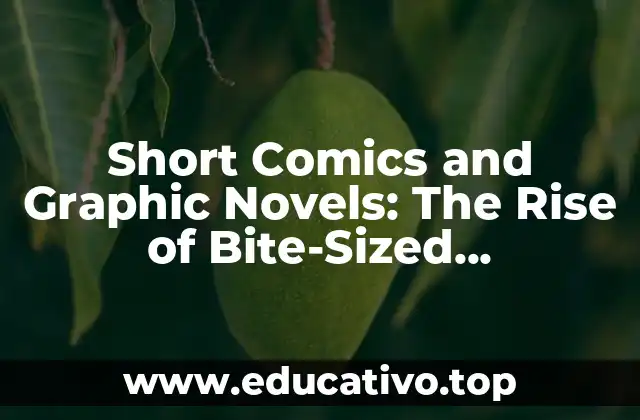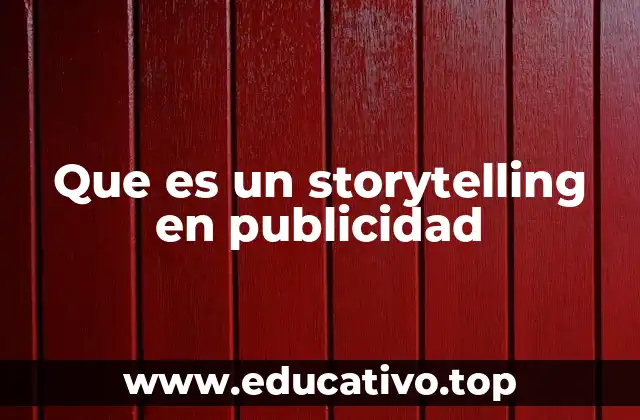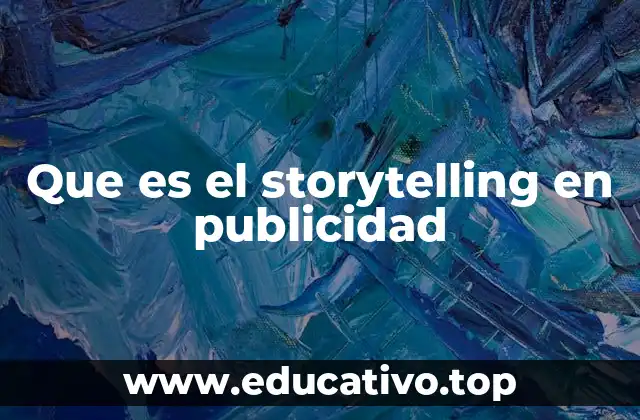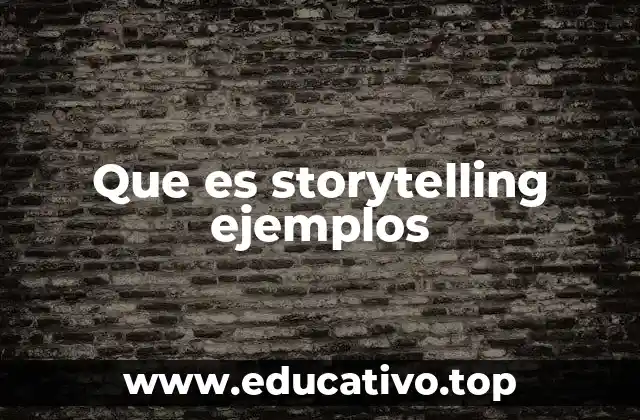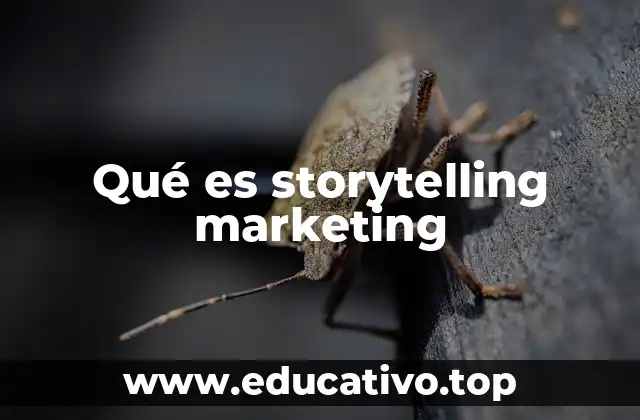Introduction to Short Comics and Graphic Novels
Short comics and graphic novels have become increasingly popular in recent years, offering a unique and concise way to tell engaging stories. These bite-sized narratives have captured the attention of readers and creators alike, providing a refreshing alternative to traditional long-form comics. But what makes short comics and graphic novels so appealing, and how have they evolved over time?
The Origins of Short Comics and Graphic Novels
The concept of short comics and graphic novels dates back to the early 20th century, when comic strips were first introduced in newspapers. These early comics were designed to be concise and entertaining, often featuring humor or adventure stories. As the medium evolved, creators began to experiment with longer, more complex narratives, leading to the development of graphic novels in the 1970s and 1980s. Will Eisner’s A Contract with God (1978) and Frank Miller’s Batman: The Dark Knight Returns (1986) are two notable examples of early graphic novels that paved the way for the modern short comics and graphic novels we know today.
What Makes Short Comics and Graphic Novels So Popular?
So, what’s behind the rise of short comics and graphic novels? One key factor is their accessibility. These bite-sized stories can be easily devoured in a single sitting, making them perfect for busy readers or those with short attention spans. Additionally, short comics and graphic novels often feature a more focused, condensed narrative, which can be more engaging and impactful than longer, more sprawling stories. The digital age has also played a significant role in the popularity of short comics and graphic novels, with online platforms and social media making it easier for creators to share their work and connect with readers.
The Benefits of Short Comics and Graphic Novels for Creators
Short comics and graphic novels offer numerous benefits for creators. They provide an opportunity to experiment with new ideas, genres, and styles without committing to a lengthy, multi-issue series. This format also allows creators to showcase their skills and build their portfolio, potentially attracting the attention of editors, publishers, and fans. Furthermore, short comics and graphic novels can serve as a stepping stone to longer, more ambitious projects, helping creators develop their craft and refine their storytelling skills.
Can Short Comics and Graphic Novels Be Profitable?
One common misconception about short comics and graphic novels is that they’re not profitable. However, this couldn’t be further from the truth. Many creators have found success with short comics and graphic novels, using online platforms like Kickstarter, Patreon, and webtoons to fund and distribute their work. Additionally, the rise of digital comics has made it easier for creators to self-publish and reach a global audience, potentially earning significant revenue through sales and subscriptions.
The Future of Short Comics and Graphic Novels
As the medium continues to evolve, what does the future hold for short comics and graphic novels? One trend is the increasing use of interactive and immersive storytelling, with creators incorporating augmented reality (AR) and virtual reality (VR) elements into their work. Another area of growth is the expansion of short comics and graphic novels into new genres and markets, such as educational and children’s content. With the rise of streaming services and online platforms, we can also expect to see more short comics and graphic novels adapted into animated series and films.
How Do Short Comics and Graphic Novels Impact Society?
Short comics and graphic novels have a significant impact on society, providing a platform for creators to tackle complex issues and tell diverse, underrepresented stories. These narratives can raise awareness about social and environmental concerns, inspire empathy and understanding, and promote positive change. Furthermore, short comics and graphic novels can serve as a reflection of our collective cultural identity, offering a unique window into the hopes, fears, and aspirations of our time.
What Are Some Examples of Successful Short Comics and Graphic Novels?
There are countless examples of successful short comics and graphic novels, but a few notable ones include:
- Smile by Raina Telgemeier (a heartwarming and humorous graphic novel about orthodontic struggles)
- The Measuring Tape by Liz Plourde (a poignant and thought-provoking short comic about body image and self-acceptance)
- Princess Princess Ever After by Katie O’Neill (a beautifully illustrated and sweetly romantic graphic novel about two princesses who fall in love)
How Can I Create My Own Short Comic or Graphic Novel?
If you’re inspired to create your own short comic or graphic novel, where do you start? First, develop your story and characters, considering themes, genres, and tone. Next, create a script and thumbnails, refining your narrative and pacing. Finally, bring your story to life with illustrations, colors, and lettering, using digital tools like Adobe Photoshop or traditional media like ink and paper.
What Are Some Common Challenges Faced by Short Comic and Graphic Novel Creators?
Despite the many benefits of short comics and graphic novels, creators often face challenges, including:
- Finding an audience and building a fanbase
- Balancing creative vision with commercial viability
- Managing time and resources for self-publishing and distribution
- Dealing with criticism and negative feedback
How Can I Find and Support Short Comic and Graphic Novel Creators?
If you’re eager to discover new short comics and graphic novels, where can you find them? Try online platforms like Webtoons, Tapas, and Comixology Submit, which feature a vast library of digital comics and graphic novels. You can also attend comic conventions, join online communities and forums, and follow creators on social media to stay up-to-date on their latest projects and releases.
What’s the Difference Between Short Comics and Graphic Novels?
While the terms short comics and graphic novels are often used interchangeably, there is a subtle distinction between the two. Short comics typically refer to individual, self-contained stories, often featuring a single narrative thread or theme. Graphic novels, on the other hand, are longer, more complex works that may span multiple issues or chapters, exploring deeper themes and character arcs.
Are Short Comics and Graphic Novels Only for Young Adults?
A common misconception about short comics and graphic novels is that they’re primarily aimed at young adults. However, this couldn’t be further from the truth. Short comics and graphic novels cater to a diverse range of audiences, from children to adults, covering themes and genres that appeal to readers of all ages.
Can Short Comics and Graphic Novels Be Educational?
Short comics and graphic novels can be a powerful tool for education, providing an engaging and interactive way to learn about history, science, literature, and other subjects. They can also serve as a valuable resource for language learning, offering a fun and accessible way to practice reading comprehension and vocabulary.
How Do Short Comics and Graphic Novels Impact the Comic Industry?
The rise of short comics and graphic novels has significantly impacted the comic industry, offering new opportunities for creators, publishers, and readers alike. This format has also led to a shift in the way comics are produced, distributed, and consumed, with digital platforms and online communities playing an increasingly important role.
What’s the Role of Digital Platforms in Short Comics and Graphic Novels?
Digital platforms have revolutionized the world of short comics and graphic novels, providing creators with a global audience, new revenue streams, and innovative tools for storytelling and distribution. Online platforms like Webtoons, Tapas, and Comixology have democratized the comic industry, allowing anyone with an internet connection to create and share their work.
Adam es un escritor y editor con experiencia en una amplia gama de temas de no ficción. Su habilidad es encontrar la «historia» detrás de cualquier tema, haciéndolo relevante e interesante para el lector.
INDICE

